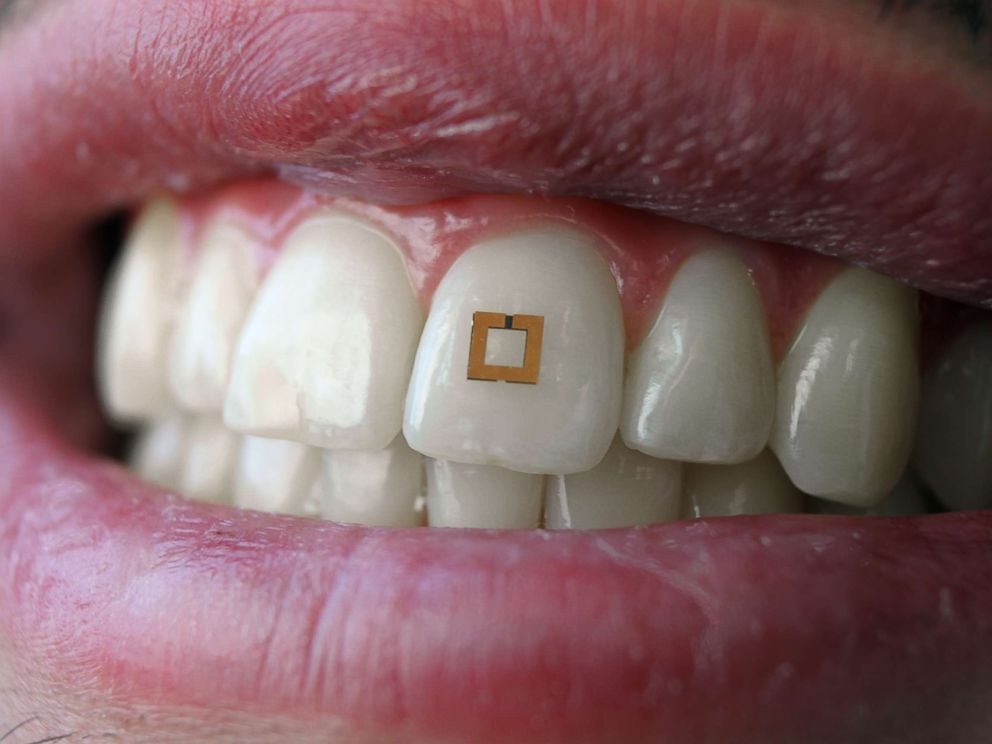Bones are changing in surprising ways: Phone Use is To Blame, Research Suggests
New research in biomechanics suggests that young people are developing hornlike spikes at the back of their skulls — bone spurs caused by the forward tilt of the head, which shifts weight from the spine to the muscles at the back of the head, causing bone growth in the connecting tendons and ligaments. The weight transfer that causes the buildup can be compared to the way the skin thickens into a callus as a response to pressure or abrasion.
The result is a hook or hornlike feature jutting out from the skull, just above the neck. In academic papers, a pair of researchers at the University of the Sunshine Coast in Queensland, Australia, argues that the prevalence of the bone growth in younger adults points to shifting body posture brought about by the use of modern technology. They say smartphones and other handheld devices are contorting the human form, requiring users to bend their heads forward to make sense of what’s happening on the miniature screens.
Of course, bad posture was not invented in the 21st Century – people have always found something to hunch over. So why didn’t we get the skull protuberances from books? One possibility is down to the sheer amount of time that we currently spend on our phones, versus how long a person would previously have spent reading. For example, even in 1973, well before most modern hand-held distractions were invented, the average American typically read for about two hours each day. In contrast, today people are spending nearly double that time on their phones.

